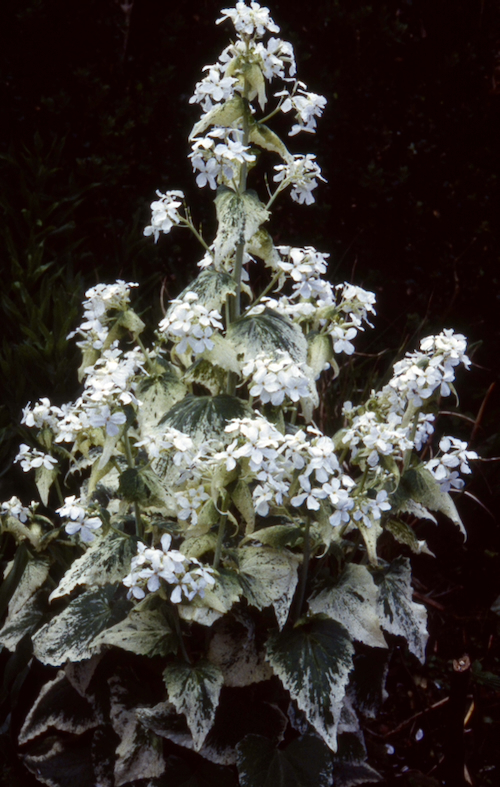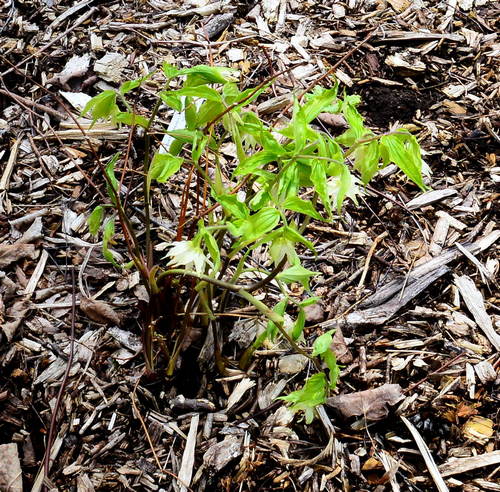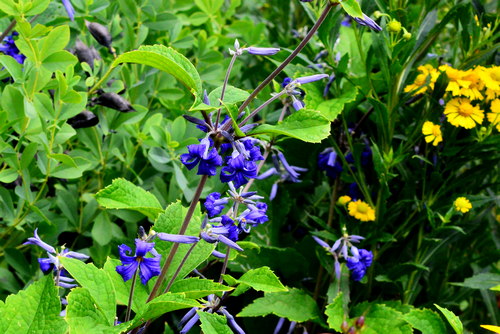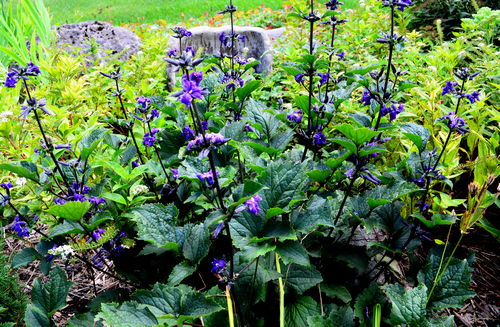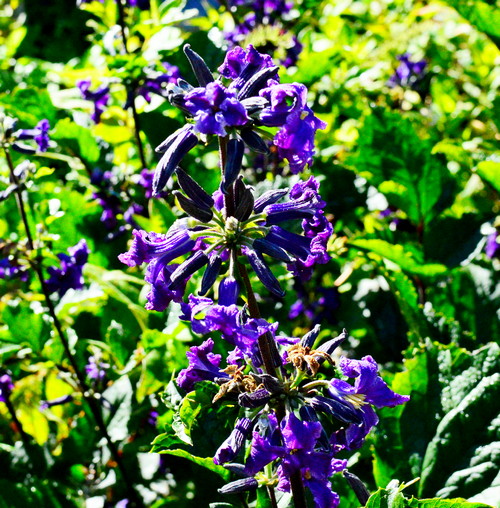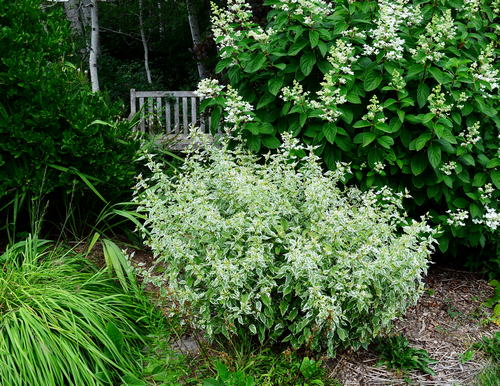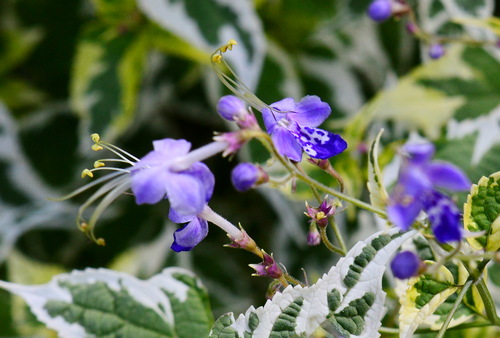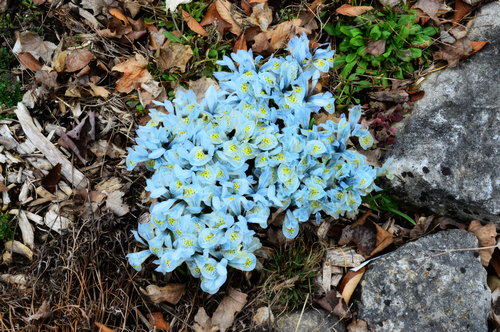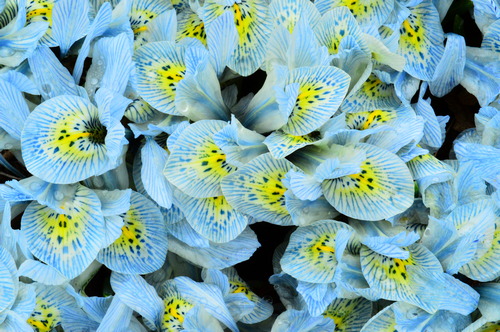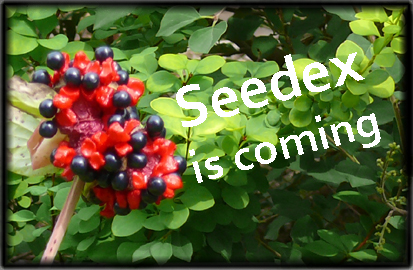(PRIM-yew-la see-BOLD-ee-eye)
General Information:
Primula sieboldii, is a fun little primula with lots of variation in its flowers in both color and petal shape. It blooms after many other primulas and its flowers last for more than 4 weeks. It is a great addition to any shade garden.
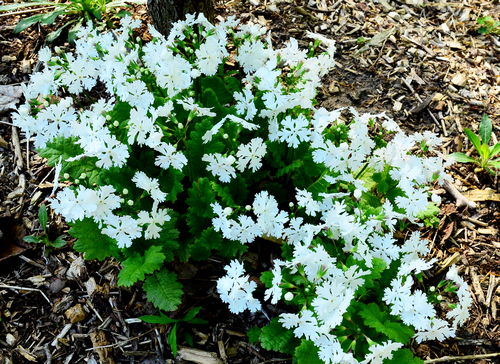
Primula sieboldii:photo by Robert Pavlis
The Japanese call it Sakurasou, the cherry blossom herb and they have been breeding and cultivating it since the sixteenth century. Other common names include Japanese primrose, Siebold’s primrose, cherry blossom primrose and Asiatic primrose.
I must have a dozen different flower clones and all of them are from seed mixtures, such as the one available from the Ontario Rock Garden & Hardy Plant Society Seedex. This primula cross breeds easily and it is quite common that a single pack of seeds will produce a variety of flower forms.
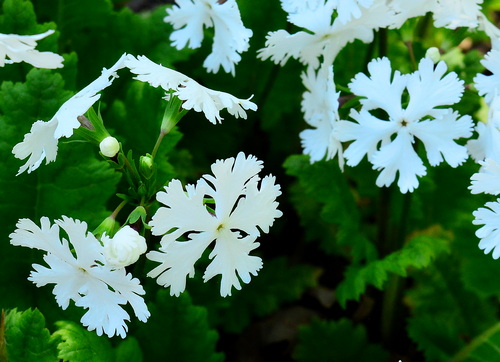
Primula sieboldii:photo by Robert Pavlis
Some sources suggest planting seeds as soon as they are ripe, even in the green state. I have had no problem germinating dry seed in late winter.
They make excellent cut flowers and last more than a week in water. They spread into large colonies by shallow underground rhizomes, but they are easily controlled. If they get too dry they will become dormant and go underground in late summer.
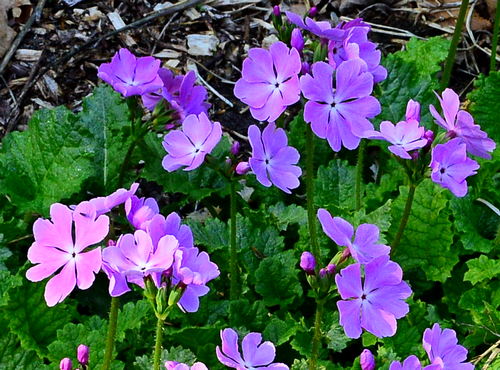
Primula sieboldii:photo by Robert Pavlis
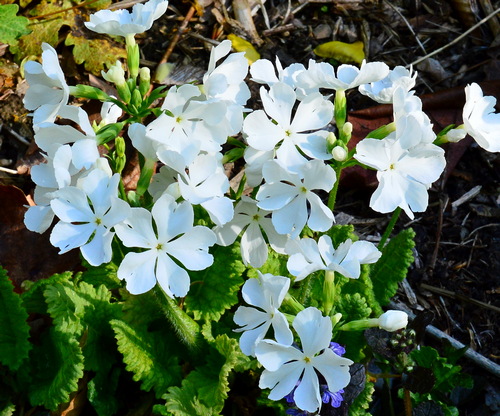
Primula sieboldii:photo by Robert Pavlis
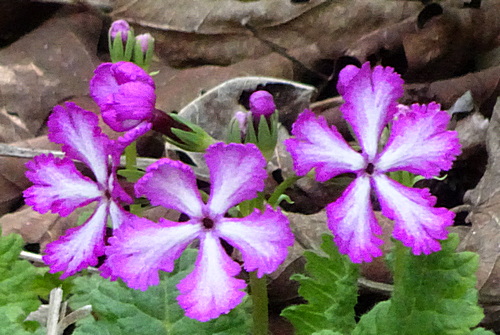
Primula sieboldii:photo by Robert Pavlis
Life Cycle: perennial
Height: 20cm (8in)
Bloom Time: late spring
Natural Range: East Asia
Habitat: damp meadows and light forests
Synonyms: Auganthus sieboldii, Primula cortudoides
Cultivation:
Light: part shade
Soil: well drained and moisture retentive
Water: average to wet, but does not like standing water
USDA Hardiness Zone: (3?) 4-8
Propagation: seed, division
Seedex availability (ORG&HPS annual Seed Exchange): common

